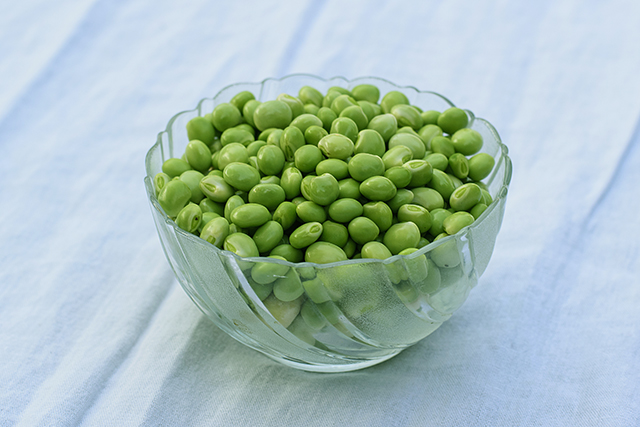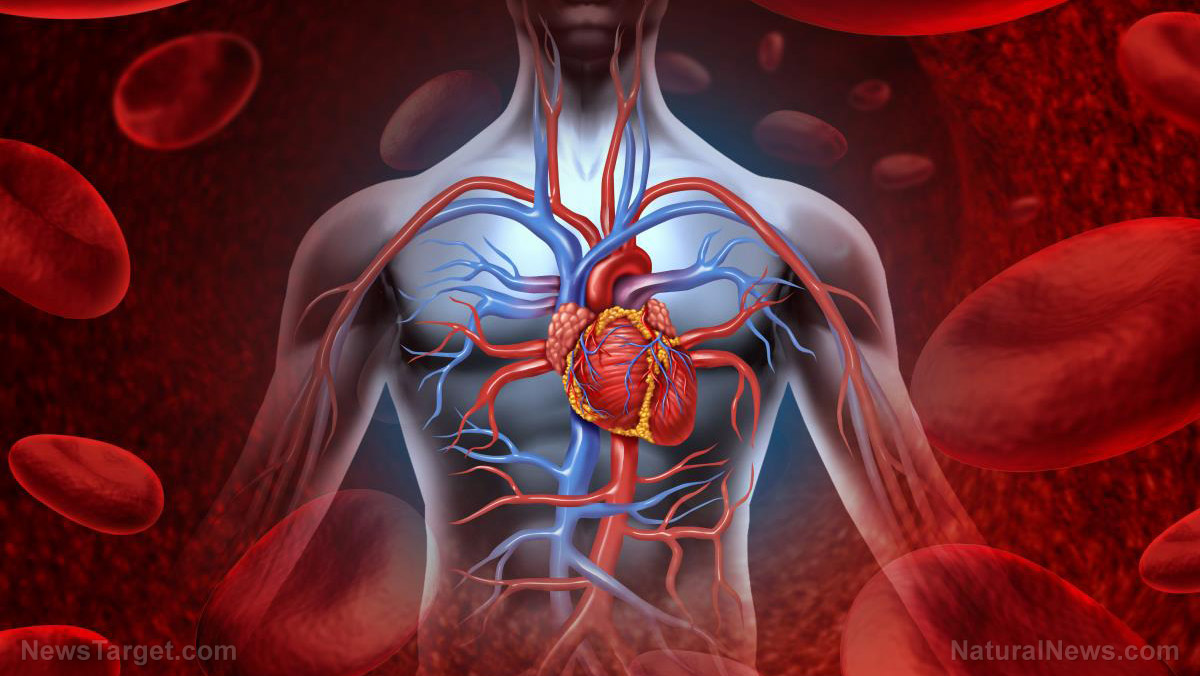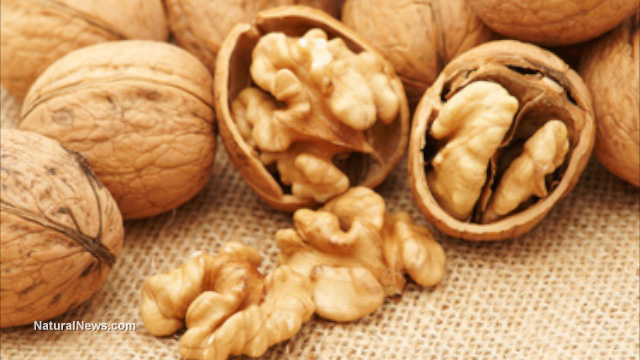
What are TAGs?
TAG molecules are important lipids that serve as energy stores and transporters of dietary fat. As such, they play important roles in cellular metabolism. TAGs are highly concentrated, nonpolar, and anhydrous (without water content) by nature, so they make good stores of metabolic energy. Compared with glycogen -- a polysaccharide of glucose that also serves as energy storage -- a gram of TAG can store more than six times as much energy as a gram of hydrated glycogen, so TAGs were designated in evolution as the universal energy reservoir of higher organisms. TAGs also allow survival without food for several weeks, while glucose and glycogen can only provide enough energy to sustain an organism for a day.
TAGs accumulate in the cytoplasm of adipose (fat) cells in mammals. These cells are specialized to produce, store, and convert TAGs into fuel molecules so they can be transported to other tissues. Dietary lipids are also ingested in the form of TAGs, which are then degraded into FAs for easier absorption in the intestine. The absorption of TAGs involves their incorporation into micelles that are formed with the help of bile salts. This process makes insoluble TAGs more susceptible to digestion by pancreatic enzymes called lipases. Digestion of TAGs results in the release of free FAs and small amounts of monoglycerides.
Cells contain a wide variety of TAGs, and their differences are dictated by the three FAs attached to them. These FAs can either be saturated, monounsaturated, or polyunsaturated. TAGs with long-chain PUFAs (LC-PUFAs) are highly desirable as they are beneficial to human health. LC-PUFAs like linoleic acid (LA), alpha-linolenic acid (ALA), arachidonic acid (ARA), eicosapentaenoic acid (EPA), and docosahexaenoic acid (DHA) are linked to reduced risk of atherosclerosis, sudden death, cardiovascular disease, chronic inflammatory diseases, and cancer. Additionally, dietary TAGs that contain LC-PUFAs have higher bioavailability and stability than free FAs, so they are more suitable for pharmaceutical and industrial use.
Producing designer TAGs
For their study, the researchers used Nannochloropsis oceanica, a microalgae with high productivity and oil content widely regarded as a promising raw material for the production of biofuels, nutraceuticals, and other bioproducts. According to a recent study, N. oceanica can also be used as a natural dietary source of EPAs for ruminants. (Related: Novel research raises prospects for large-scale production of algae-derived starch.)
Through in vivo profiling of enzymes called type-2 diacylglycerol acyltransferases (DGAT2s), which are involved in the biosynthesis of TAGs, the researchers discovered two novel enzymes that discriminate between FAs in favor of two PUFAs during TAG assembly. These enzymes, NoDGAT2J and NoDGAT2K, are found in the chloroplast envelope and show a preference toward LA and EPA, respectively.
The researchers observed that the LA and EPA composition of TAG molecules in N. oceanica is determined via the functional partitioning between NoDGAT2J and NoDGAT2K. Based on this observation, the researchers decided to modulate the transcript abundance of the DGAT2s, and this experiment led to the successful creation of an N. oceanica strain bank that contained different proportions of LA and EPA in TAGs.
The researchers reported that the LA and EPA varied by 18.7-fold (between 0.21 percent and 3.92 percent dry weight) and 34.7-fold (between 0.09 percent and 3.12 percent dry weight), respectively. Due to the successful formation of these TAGs, the researchers concluded that customizing their FA content to produce molecules with desirable qualities in vivo is possible. They believe that their findings lay the foundation for the development of designer TAGs with tailored industrial applications and substantial health benefits.
Sources include:
Please contact us for more information.























